Getting the perfect shot is not just about having an eye for photography; it also requires the right gear. With the vast selection of digital cameras available today, it can be a bit overwhelming to choose the one that fits your needs. Whether you aim to capture everyday moments or craft artistic masterpieces, this guide will help you navigate the myriad of options, from basic point-and-shoot models to advanced DSLRs.
In this article, you’ll discover key considerations such as image quality in various conditions, camera responsiveness, and essential features for different photography styles. You’ll also get insights from consumer reports on top-rated models, helping you make a well-informed decision. So, let’s embark on this journey to find a camera that will elevate your photography to the next level.
How to Choose the Best Digital Camera
Choosing the perfect digital camera can feel like navigating a maze, especially with so many options and features to consider. Whether you’re a casual photographer capturing precious moments with family or a professional seeking the highest quality images, understanding your needs and the available options is key. Let’s walk through this process in a friendly and comprehensive way.
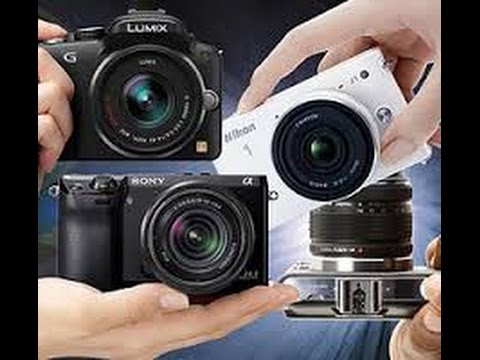
This image is property of i.ytimg.com.
Determine Your Photography Needs
Casual Photography
If you just want a camera for day-to-day snapshots, social media, and family events, you’ll be looking for something straightforward and user-friendly. A compact, easy-to-use camera with basic features that won’t overwhelm you with too many settings is ideal.
Professional Photography
For professional photography, you need a camera that offers full manual control, high resolution, and interchangeability of lenses. Professional cameras often support larger sensors and higher dynamic range, making them suitable for commercial, portrait, and landscape photography.
Travel Photography
Travel photography demands a blend of portability and quality. Look for a lightweight camera with good zoom capabilities and a sturdy build. It should be versatile enough to handle various scenarios, from scenic landscapes to bustling city streets.
Vlogging and Videography
If your focus is on creating video content, you’ll need a camera with excellent video resolution (like 4K), smooth frame rates, and good audio capabilities. Features such as flip-out screens, external microphone support, and in-body image stabilization will be crucial.
Wildlife and Sports Photography
Capturing fast-moving subjects and shooting from a distance calls for cameras with fast autofocus, high burst rates, and long telephoto lens capability. Durability and weather-sealing are also important if you frequently shoot in harsh outdoor conditions.
Understand Different Types of Cameras
Point-and-Shoot Cameras
These compact cameras are perfect for casual photographers. They’re small, easy to carry, and come with fixed lenses. They generally offer basic automated settings, and while they lack the versatility of more advanced cameras, they are straightforward and convenient.
DSLR Cameras
Digital Single-Lens Reflex (DSLR) cameras are bulkier but offer superior image quality and flexibility. They support interchangeable lenses and have larger sensors, making them ideal for both amateurs and professionals who want more control over their photography.
Mirrorless Cameras
Mirrorless cameras are similar to DSLRs in terms of functionality and image quality but are more compact. They also support interchangeable lenses and are increasingly popular thanks to their lightweight design and advanced features without compromising quality.
Bridge Cameras
Bridge cameras fill the gap between point-and-shoot and DSLR cameras. They offer more manual controls and better zoom capabilities with fixed lenses. They’re great for those who want a bit more from their camera without moving up to a DSLR or mirrorless system.
Action Cameras
Action cameras, like the GoPro, are designed for capturing fast-paced action and sports. They’re compact, rugged, and often waterproof. They have wide-angle lenses and are ideal for adventure photography and videography.
Decide on Key Features
Megapixels
Higher megapixels mean better resolution and more detail, but they’re not the be-all and end-all. For most uses, 10-20 megapixels are sufficient, but professionals may need more.
Sensor Size
The sensor size greatly affects image quality. Larger sensors (like full-frame and APS-C) capture more light and offer better performance in low-light conditions.
ISO Range
The ISO range indicates how well a camera can handle different lighting conditions. A wider ISO range allows for more flexibility in low-light situations without sacrificing image quality.
Autofocus Capabilities
Fast and accurate autofocus is crucial, especially for action shots and moving subjects. Look for cameras with multiple autofocus points and fast autofocus systems.
Burst Rate
The burst rate is measured in frames per second (fps) and is essential for action photography. A higher burst rate allows you to capture quick sequences of shots, increasing your chances of getting the perfect image.
Evaluate Lens Options
Fixed vs Interchangeable Lenses
Point-and-shoot and bridge cameras have fixed lenses, limiting versatility. DSLRs and mirrorless cameras offer interchangeable lenses, allowing more flexibility and the ability to choose the best lens for different scenarios.
Zoom Lenses
Zoom lenses let you adjust focal length and magnification. They’re versatile for many types of photography but can be heavier and more expensive than prime lenses.
Prime Lenses
Prime lenses have a fixed focal length but generally offer better image quality and wider apertures than zoom lenses. They’re often used in portrait and low-light photography.
Wide-Angle Lenses
Wide-angle lenses are great for landscapes and architectural shots. They capture a broader scene and are also useful in tight spaces.
Telephoto Lenses
Telephoto lenses are essential for wildlife, sports, and astrophotography. They allow you to get close to distant subjects without compromising image quality.
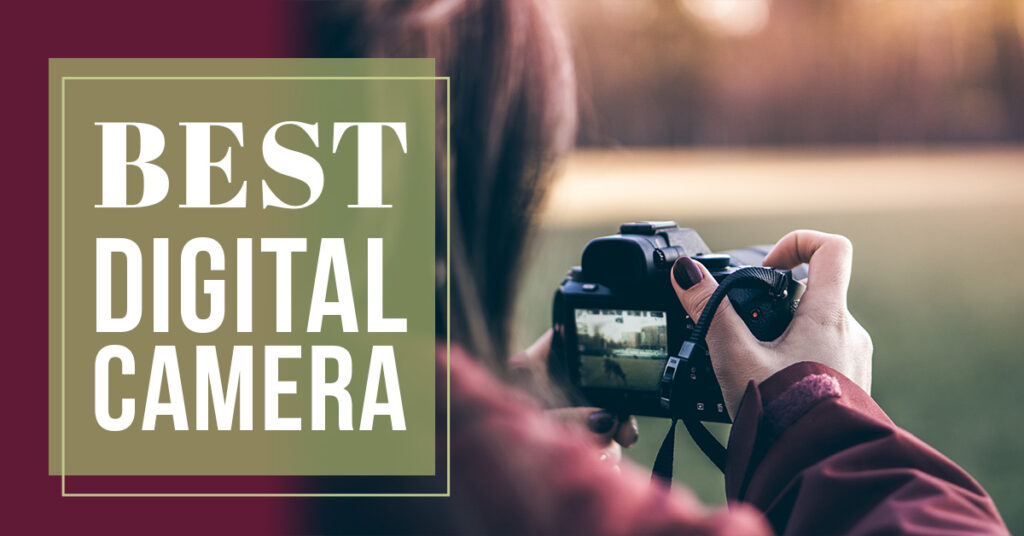
This image is property of www.digitalphotomentor.com.
Consider Video Capabilities
Resolution (4K, Full HD)
Higher resolution like 4K provides sharper, more detailed video. Full HD (1080p) is still widely used and acceptable for most purposes, but 4K is becoming the standard for high-quality video.
Frame Rates
Higher frame rates (60 fps and above) allow for smooth, slow-motion video. For standard video, 24 to 30 fps is typical.
In-body Image Stabilization
In-body image stabilization helps reduce blur from camera shake, which is crucial for handheld shooting, especially in low light.
External Microphone Support
For good audio quality, external microphone support is vital. Built-in microphones often fail to capture clear audio, especially in noisy environments.
Zoom Functionality During Video Recording
Not all cameras allow zooming while recording video. If you need this feature, check the camera specifications to ensure it’s supported.
Check Build Quality and Ergonomics
Weather-Sealing
Weather-sealing is essential if you plan to shoot in various weather conditions. It protects the camera from dust, moisture, and minor splashes.
Grip and Handling
Comfortable handling and a good grip are vital for extended shooting periods. It’s best to try holding the camera to see how it feels in your hand.
Build Material
Cameras made from magnesium alloy or high-quality plastic are more durable. Ensure the build material matches your usage needs, especially if you’re prone to dropping things!
Button Layout
A well-thought-out button layout can make it easier to change settings quickly. Intuitive placement of buttons and dials is particularly important in fast-paced photography.
Weight and Portability
Consider how much weight you’re willing to carry. Lighter cameras are perfect for travel and casual use, while heavier cameras might offer more features and robustness for professional work.
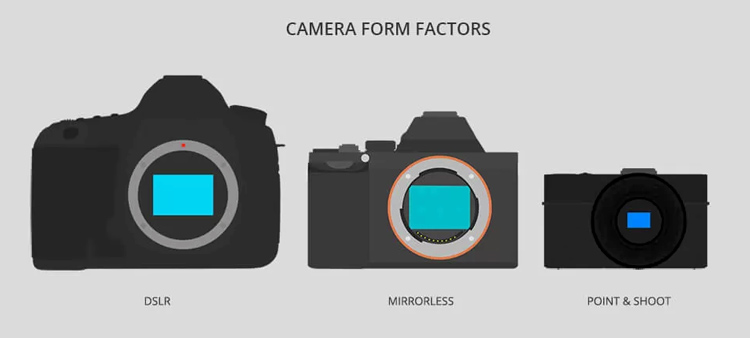
This image is property of www.digitalphotomentor.com.
Look at Connectivity Features
Wi-Fi and Bluetooth
Wi-Fi and Bluetooth connectivity allow for easy transfer of photos to other devices and enable remote control of the camera via a smartphone app.
GPS
Built-in GPS can be useful for geotagging photos, helping you remember and organize where each photo was taken.
NFC
NFC (Near Field Communication) allows for quick pairing of devices and simplified sharing of photos.
Ports (HDMI, USB)
A variety of ports add versatility to your camera. HDMI ports, for instance, are helpful for displaying your footage on a larger screen, while USB ports are useful for data transfer and charging.
Remote Control Compatibility
Remote control compatibility is great for taking group shots, long exposure photography, and minimizing camera shake.
Read Reviews and Ratings
Expert Reviews
Expert reviews from reputable sources can provide in-depth analysis and performance metrics, giving you a clearer picture of a camera’s capabilities.
Consumer Reviews
Consumer reviews offer real-world insights and user experiences. They can reveal common issues and benefits not covered in expert reviews.
Comparison with Similar Models
Comparing similar models can help you understand the differences and choose the best option for your specific needs.
Brand Reputation
Some brands are known for reliability and strong customer support. It’s worth considering a brand’s reputation when making your choice.
After-Sales Service
Good after-sales service can be a lifesaver if you encounter issues with your camera. Check the warranty period and service policies.
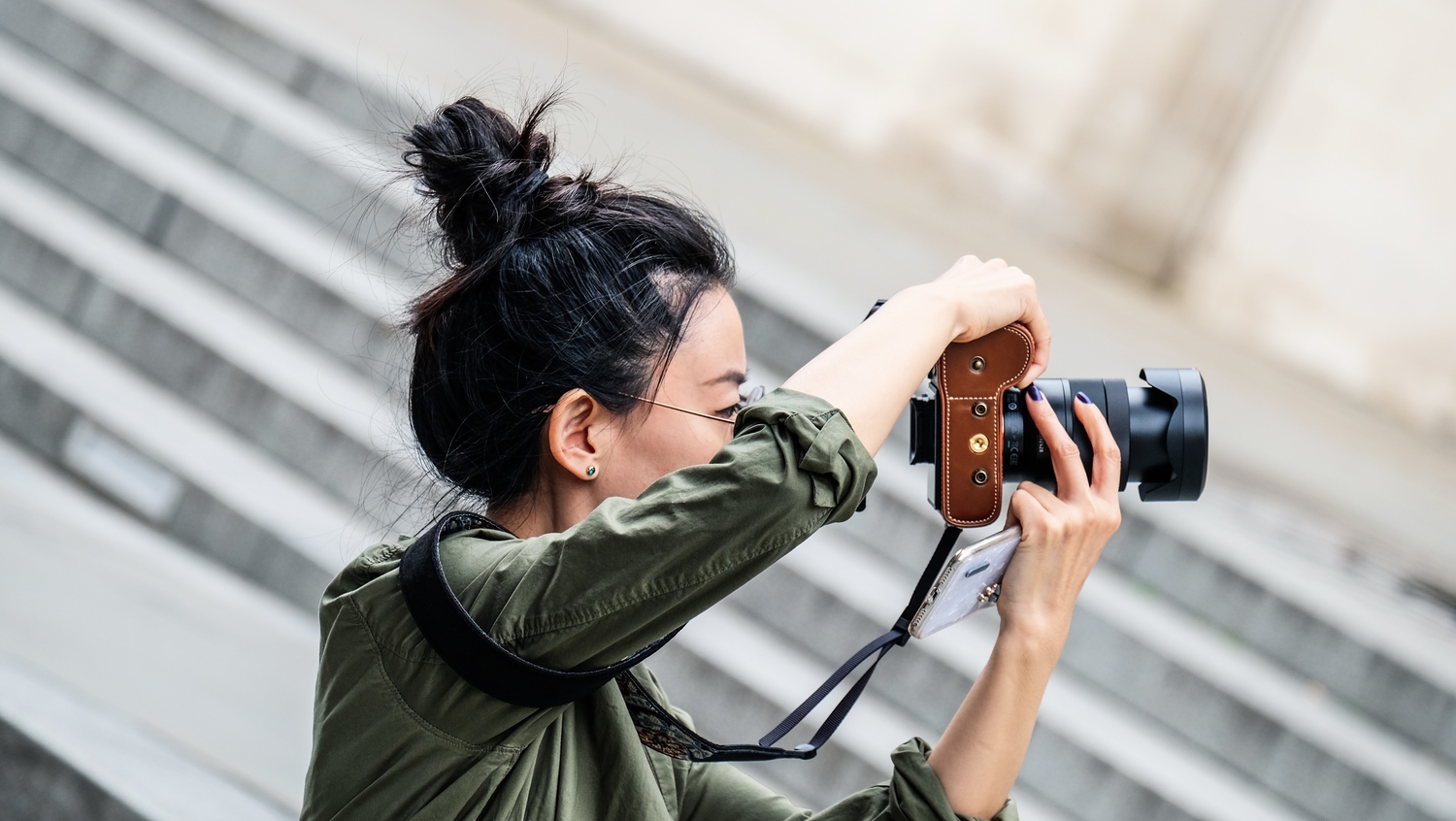
This image is property of www.popsci.com.
Set Your Budget
Entry-Level Cameras
Entry-level cameras are budget-friendly and perfect for beginners. They offer essential features without overwhelming you with options.
Mid-Range Cameras
Mid-range cameras provide a balance between features and price. They are ideal for enthusiasts who want better performance without breaking the bank.
High-End Cameras
High-end cameras offer top-of-the-line features, build quality, and performance. They are designed for professionals and serious hobbyists willing to invest in their craft.
Consider Used or Refurbished Options
Used or refurbished cameras can offer excellent value. They often come with warranties and are a great way to get higher-end models at a lower cost.
Future-Proof Investments
Consider your long-term needs and potential upgrades. Investing in a camera system that offers room for growth can be more economical in the long run.
Conclusion
Summarize Key Points
Choosing the best digital camera involves understanding your photography needs, exploring different types of cameras, deciding on key features, evaluating lens options, and considering video capabilities.
Reiterate the Importance of Prioritizing Needs
Remember, the best camera for you is one that fits your specific requirements. Prioritize what matters most to ensure you get the best tool for your creative goals.
Reminder to Stay Within Budget
It’s easy to get carried away with high-end features, but staying within your budget ensures you get the best value for your investment without unnecessary financial strain.
Encouraging Personal Testing
Whenever possible, test the camera in person. This allows you to get a feel for its ergonomics, build quality, and performance in real-world conditions.
Final Thought on Research and Reviews
Thorough research and reading reviews can provide a clearer picture and help you make an informed decision. Take your time to compare options and choose a camera that you’ll be happy with for years to come.
By following these guidelines, you’ll be well on your way to finding the perfect digital camera tailored to your needs. Happy shooting!
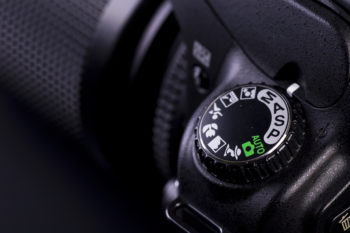
This image is property of www.digitalphotomentor.com.
